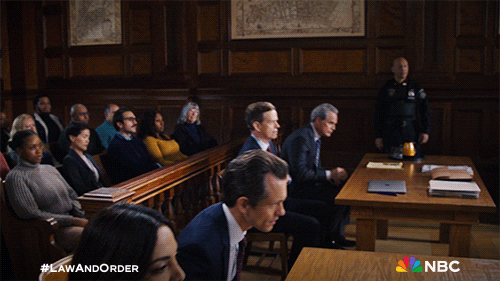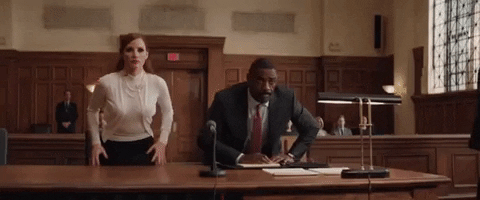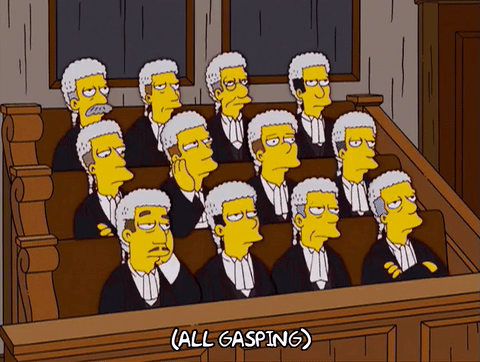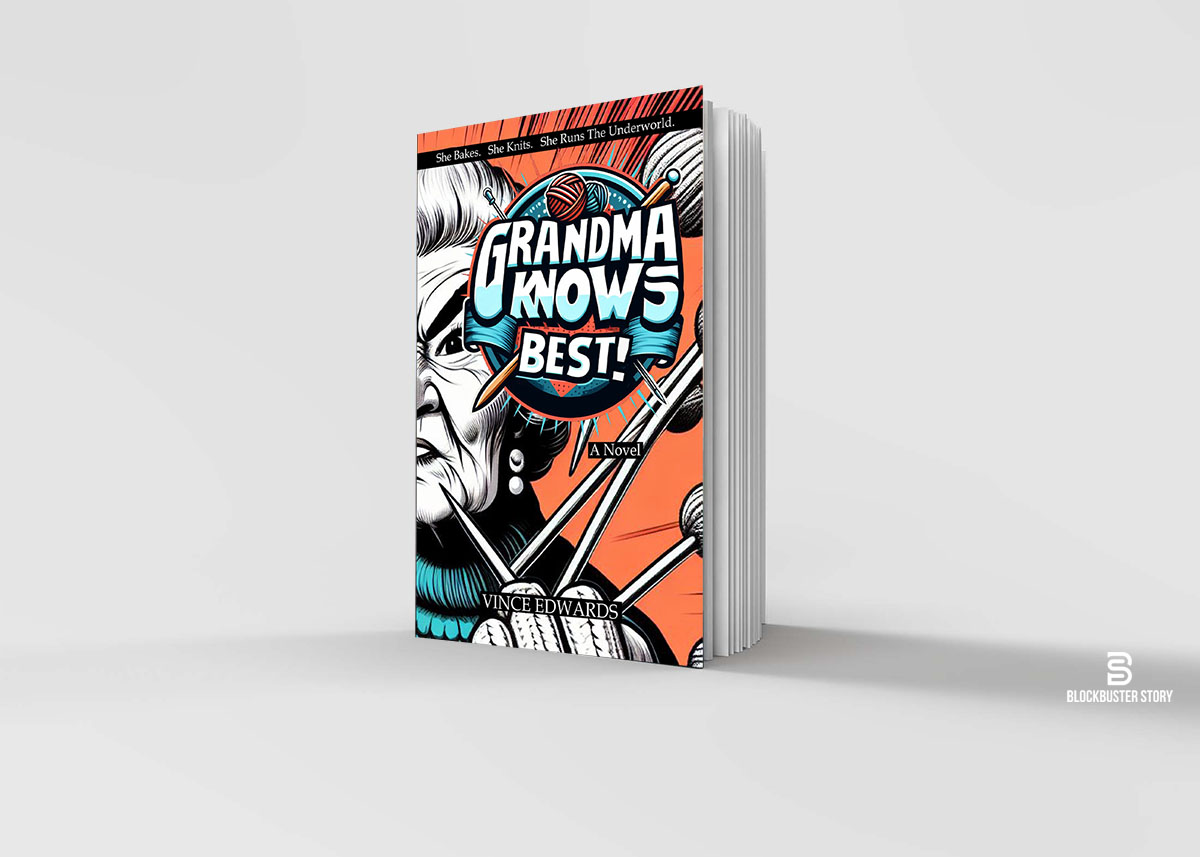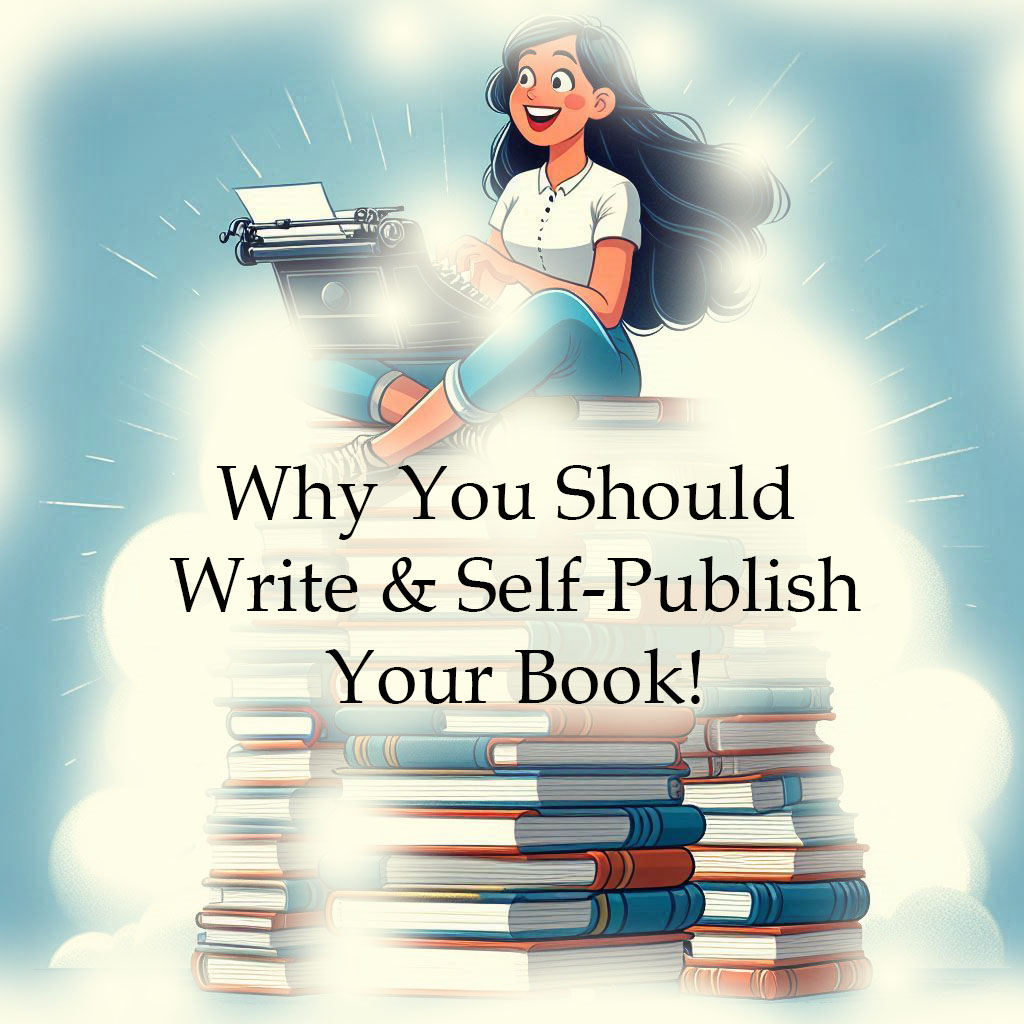When it comes to writing courtroom scenes, authors often find themselves navigating a complex landscape of legal jargon, dramatic tension, and character dynamics.
Whether you’re penning a gripping legal thriller or incorporating a courtroom subplot into your novel, mastering the art of crafting compelling courtroom scenes is essential.
In this guide, we’ll delve into the dos and don’ts of writing courtroom scenes that captivate readers and ring true to life.
Understanding the Basics
Know Your Audience
- Identify Your Readers: Consider who will be reading your work—legal professionals, laypersons, or a general audience.
- Research Expectations: Understand the level of legal accuracy expected by your audience.
Research and Preparation
- Study Courtroom Procedures: Familiarize yourself with courtroom etiquette, legal procedures, and the roles of different participants.
- Consult Legal Resources: Tap into legal textbooks, online databases, or even observe real courtroom proceedings to glean insights.
Dos: Strategies for Success
Create Authenticity
- Utilize Realistic Dialogue: Capture the nuances of legal discourse and the distinct voices of attorneys, witnesses, and judges.
- Incorporate Visual Details: Describe the courtroom environment, including the layout, decor, and attire of participants, to enhance immersion.
- Convey Emotion: Infuse scenes with the emotional weight experienced by characters, whether it’s anxiety, determination, or triumph.
Build Tension and Conflict
- Employ Conflict Dynamics: Introduce conflicting objectives, strategies, and personal agendas among characters to heighten tension.
- Structure Scenes Strategically: Use pacing, suspenseful reveals, and dramatic twists to keep readers engaged throughout the proceedings.
- Emphasize Stakes: Highlight the high stakes involved in the outcome of the trial, amplifying the pressure on characters to succeed.
Showcase Legal Realism
- Accurate Legal Language: Incorporate authentic legal terminology and procedures, ensuring accuracy without overwhelming readers.
- Depict Legal Strategy: Illustrate the strategic maneuvers employed by attorneys, such as objections, cross-examinations, and closing arguments.
- Address Ethical Dilemmas: Explore ethical gray areas faced by legal professionals, adding depth to characters and plotlines.
Don’ts: Pitfalls to Avoid
Avoid Clichés and Stereotypes
- Steer Clear of Stereotypes: Resist the temptation to rely on clichéd portrayals of lawyers, judges, or courtroom settings.
- Subvert Expectations: Challenge traditional courtroom tropes by introducing unexpected twists or unconventional characters.
Guard Against Excessive Legal Detail
- Balance Information and Storytelling: While accuracy is crucial, refrain from overwhelming readers with excessive legal minutiae.
- Focus on Storytelling: Prioritize advancing the narrative and developing characters over exhaustive legal exposition.
Sidestep Unrealistic Dramatization
- Maintain Plausibility: Ensure that courtroom events remain plausible and aligned with real-world legal practices.
- Avoid Overdramatization: While drama is essential, guard against melodrama or unrealistic courtroom theatrics that strain credibility.
Crafting Convincing Courtroom Drama
In the realm of fiction writing, courtroom scenes offer a rich tapestry of conflict, emotion, and moral ambiguity.
By adhering to the principles outlined in this guide—immersing yourself in legal research, creating authentic dialogue and tension, and avoiding common pitfalls—you can craft courtroom scenes that resonate with readers and stand the test of scrutiny.
So, whether you’re advocating for justice in the pages of a novel or defending a client’s innocence in the theater of imagination, let the gavel fall on scenes that leave a lasting impression.
Need Help With Your Creative or Literary Packaging Needs?
Looking to bring your ideas to life with captivating storytelling and imaginative flair?
Whether you need compelling copywriting, engaging written, visual or video content creation, or literary packaging that stands out, I’m here to help.
Let’s collaborate to turn your vision into reality. Reach out to me today to discuss your project and let’s embark on a journey of creativity together!

